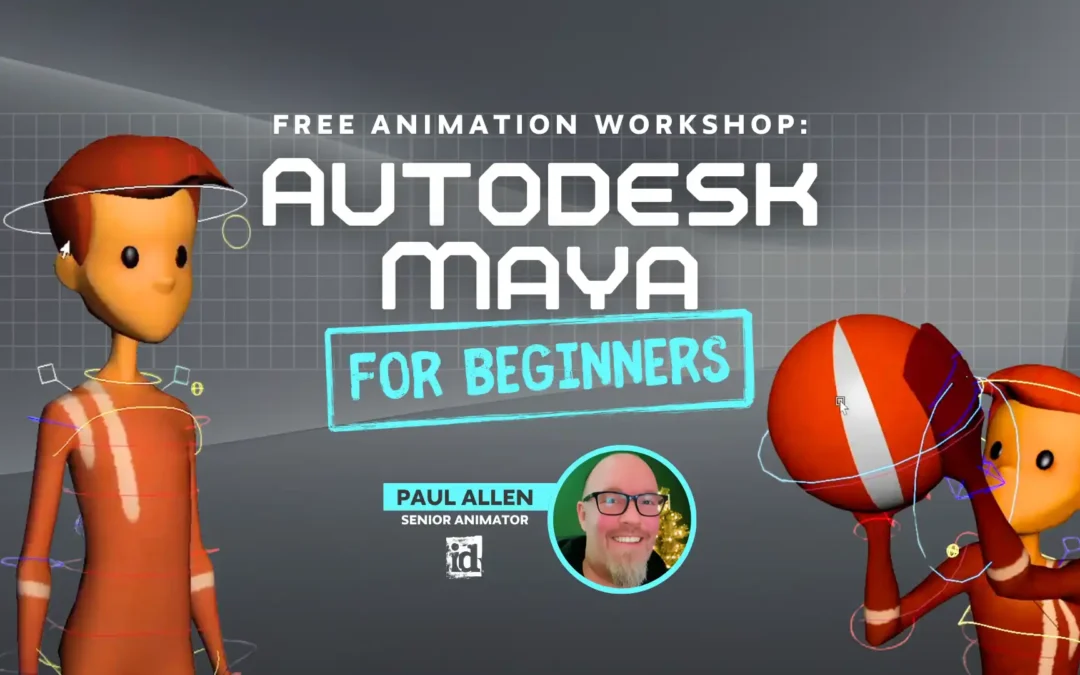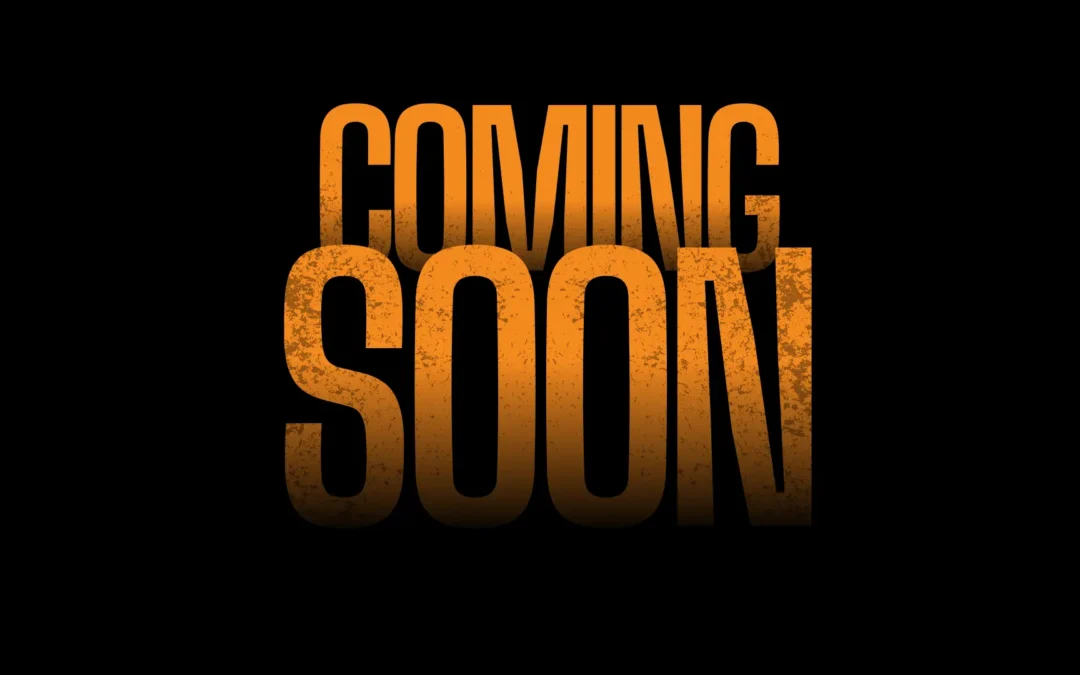
If I had to pick one principle of animation for you to focus on to make your demo reel stand out, this is the one. Good secondary action energizes your shots and marks the difference between being a competent animator and an entertaining visual storyteller. If you have the urge to do film animation, you must understand and embrace this principle. Surprisingly, it might be the most misunderstood animation principle, at least among beginning animators. Look up “Secondary Action” on the internet, and you’ll a fair amount of confusion and outright nonsense, as well as a lot of vagueness. So let’s start with some definitions. First, what it’s not. Secondary action is not “secondary animation” or “secondary motion”. The latter two terms are synonyms and have no connection to secondary action. This is where most of the confusion comes from, since these terms are so similar. Secondary animation/motion is a movement that is dependent upon some other, active movement. When a character shakes their head, the head movement is the primary motion, and the movement of the hair and floppy hat are examples of secondary motion. A lot of secondary motion is in the realm of effects animation. Motion of the fleshy parts of the body is another common area of secondary motion. This is important stuff, but it’s not secondary action. Instead, it’s in the realm of another principle: Follow-Through and Overlapping Action, and more generally in the realm of physics—Newton’s Laws, elasticity, etc.
Good secondary action energizes your shots and marks the difference between being a competent animator and an entertaining visual storyteller.What seems to confuse people about secondary action is the word “action”. Secondary action is not so much physical as it is behavioral. The primary action of a scene is the thing the scene is about. It’s the action the character is manifestly trying to accomplish; it’s the main idea the of the story at that moment. It is the text of the storytelling. Secondary action is something else the character is doing, something on top of or in addition to the primary action. It is a behavior that enlivens the scene, adds nuance and authenticity. It also reveals character, hints at back story, and so on. In the best cases, it helps provide the subtext of the storytelling. Frank Thomas and Ollie Johnston, in The Illusion of Life, put it simply: “When this extra business supports the main action, it is called a Secondary Action and is always kept subordinate to the primary action.” “Business” is an old-school acting term, which, per Webster’s dictionary, means “movement or action (as lighting a cigarette) by an actor intended especially to establish atmosphere, reveal character, or explain a situation — called also stage business.” Note in the above The Illusion of Life quote that secondary action is subordinate to the main action of the scene. It is something that is layered into the scene, without adding additional time or story beats. A cooking analogy might be that secondary action is the addition of spices to the main ingredients. It’s not a separate dish or an additional course in a meal, but it’s subtly and inextricably baked into the scene itself.
If you have the urge to do film animation, you must understand and embrace the secondary action principle.If you strip out the secondary action of a shot, the primary action should still be clear. It will likely be less interesting and less watchable, but still clear. Deft secondary action will add depth to your characters and energize otherwise dead spots in the shot. More importantly, it will help you create memorable animation that makes people eager to see and share your work. On a basic level, it can simply be some behavior or tic that keeps your character from just standing there waving their arms meaninglessly as deliver their dialogue.
Avoid generic Secondary Action
Secondary action should be specific to that particular character, in that particular context. It’s hard to design good secondary action into your shots if you’re vague about who your character is, or what situation and context they’re in, and how they’re feeling about what is happening around them. Dig a little deeper than the first or second ideas that pop into your head. Act your scene out, imagining you’re different actors playing the role. Even if the action is a bit of a cliche, but your spin on the cliche.Mad props to props!
An easy shortcut to unleashing secondary action in your scenes is simply providing a prop for your character to handle. There’s a good reason why actors love to play characters who smoke. Nervously fiddling with a pack of cigarettes, elegantly lighting someone else’s cigarette, flicking ashes dismissively, aggressively smashing out a finished butt, or just blowing smoke between bits of dialog — the possibilities are endless. Give your character glasses or a hat, put a pen or a pipe in their hands, give them a role like chef or mechanic that makes it natural for them to mess with tools and things.No props? Think body language
Props are a great shortcuts, but you can add secondary action just by having your character tug nervously at an ear, touch their lip, bite a nail, scratch an itch, and so on. Take a look at a good body language book or website, and start to develop a mental library of the tics and behaviors that all humans display constantly. You should always be aware of your character’s body language, but in particular focus on this when there’s not a lot of action in a shot, and you lack any props or set to interact with. Here a clip from the great Billy Wilder film, The Apartment. Watch the first 30 seconds of the first clip. Jack Lemmon does some nice secondary action using the cans and the grocery bag. Shirley McLaine does some very subtle secondary action with the slightly restless, self-soothing gesture of rubbing her finger before she shifts into a lovely pose of bored disconnection:



